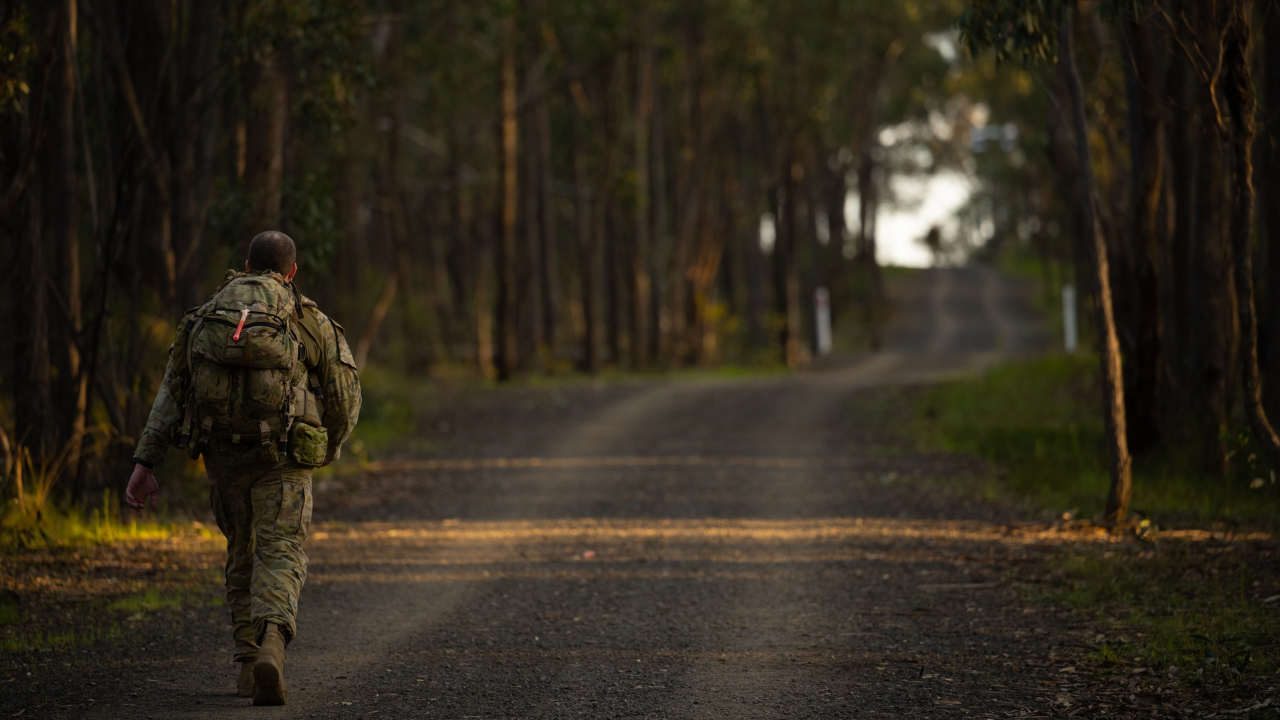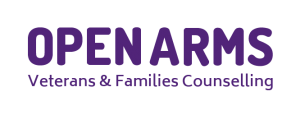Safety planning and suicide prevention
Suicide and suicidal behaviour touches the lives of many people in our community, but there are ways we can all intervene.
Prevalence of suicide
Between 1997 and 2021 there were 1,677 certified deaths by suicide among members with ADF service since 1 January 1985.
The most recent 3-year (2019–2021) average suicide rate for ADF males was similar to previous years. The rate for permanent males was 14.4, 16.5 for reserve males and 28.4 for ex-serving males per 100,000 population per year.
For ex-serving females, the suicide rate has fluctuated over time, however, there is no identifiable trend due to small numbers.
The suicide rate for ex-serving males who separate for involuntarily medical reasons is around three times the rate of those who separate for voluntarily (67.1 compared with 21.5 per 100,000 population per year).
More information on the prevalance of veteran suicide is available from the AIHW report.
Risk factors / warning signs
Observable and strong signs of a suicidal crisis needing immediate attention are when someone is:
- threatening to hurt or kill themselves
- looking for the means (gun, pills, rope, etc.) to kill themselves
- talking or writing about death, dying or suicide.
Call 000. Do not leave the person alone.
Indications of suicide where professional help is needed are someone showing signs of:
- hopelessness
- persistent crying
- loss of interest in previously pleasurable activities
- rage, anger, seeking revenge
- acting reckless/engaging in risky activities
- feeling trapped (like there is no way out)
- increasing alcohol or drug use
- anxiety, agitation, unable to sleep/sleeping all the time
- giving away possessions
- dramatic changes in mood
- no reason for living; no sense of purpose in life.
Seek professional help, including referral to Open Arms – Veterans & Families Counselling (formerly VVCS) on 1800 011 046.
Protective factors
Protective factors can be seen as the actions or efforts a person can take to reduce the negative impact of issues like mental health problems, transition from military life or isolation from friends and family.
Positive steps can be made by someone experiencing such issues or you could support someone to take these positive steps to make changes in their life to protect against suicide.
There are many protective factors that can help to reduce the risk of suicide. Some important ones are:
- staying connected to community
- having significant others or someone to share concerns with, and to care for
- physical and mental health
- a strong sense of self-worth and hope for the future
- a sense of personal control
- resilience (being able to bounce back from challenges in life)
- safe and stable housing
- opportunities to participate meaningfully in work, leisure or community groups
- financial security
- spirituality and belief
Not all of these will be relevant to every individual, but some will be relevant for most people.
Safety planning
A safety plan is for people to use when they are feeling unsafe or suicidal. A safety plan to refer to and remind themselves of:
- reasons to live,
- family and friends they can talk to or
- activities to do when they are feeling vulnerable.
Beyond Now
Beyond Blue has developed Beyond Now. A suicide safety planning app that provides a convenient way for people to develop a personalised safety plan. It can be updated or edited anytime and offers the option of sharing it with support people.
Visit Beyond Blues Beyond Now app page to find out more.
Treatment services for veterans
Open Arms Care Coordination
Care coordination is available to serving and ex-serving members of the Australian Defence Force, and their families who may have complex needs.
Care coordination replaces a haphazard process of referrals with a single, well-structure service. This offers continuity of care and stability for the client. The care coordinator provides:
- a single point of contact.
- familiarity with the protocols and operating procedures of other health professionals and agencies
- awareness of informal networks and resources that may not be found in formal service directories.
Pathways to refer clients to Open Arms is presented on our referral page.
DVA rehabilitation
Complementary to primary and allied health treatment, DVA provides whole-of-person rehabilitation to eligible veterans. Rehabilitation can assist individuals coordinate their medical treatment, assist individuals maximise their independent functioning and quality of life, and return to work when they are ready. Veterans may be eligible for rehabilitation assistance through DVA if they are incapacitated for service or work, or have an impairment, as a result of a service injury or disease.
Under a rehabilitation plan with psychosocial goals, veterans can access support to help address psychosocial challenges that may be impacting on their family, connections with others, resilience and overall quality of life.
Psychosocial activities under a rehabilitation plan may include:
- intervention counselling or self-management programs to support relationships with others, provide the veteran with strategies to build resilience, or manage and adapt to their health conditions more effectively
- connecting the veteran with local community supports, services or programs, or
- supporting the veteran to participate in local activities and programs - this could include, undertaking time-limited short course education to assist them to better engage with their community, or where this participation may be a ‘first step’ achievement in their long term recovery.
More information about DVA rehabilitation is available online.
Group treatment programs
Open Arms offers a variety of evidence based group treatment programs and educational workshops on a range of topics such as anger, anxiety, PTSD and depression. These groups are free to Open Arms clients and are delivered nationally to small groups face-to-face, led by highly skilled facilitators with military awareness.
Open Arms suicide intervention workshops are also available to family, friends, co-workers or others in the veteran community who wish to recognise warning signs for suicide, and learn intervention strategies.
Trauma recovery programs
The Department of Veterans’ Affairs funds Trauma Recovery Programs – in hospitals across Australia. These programs are required to meet DVA’s National accreditation Standards for Trauma Recovery Programs – PTSD (2015). These standards provide a framework for ensuring that hospitals provide high quality evidenced based treatment for veterans and former serving members of the ADF who have PTSD. A list of hospitals is provided on our referral page.
See also
-

Suicide awareness
The factors that can lead someone to suicide can be complex and often involve a mixture of causal and circumstantial risk factors. There are many factors in our lives that can help to protect us and others against suicide. -

Treatment programs and workshops
Open Arms range of group activities includes both face to face group treatment programs and online groups. -

Audio series - 'Open Conversations'
Our new audio series presents stories of recovery from the veteran community, featuring people that have accessed support services to improve their lives, and the lives of those around them.





